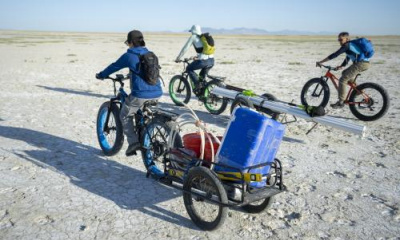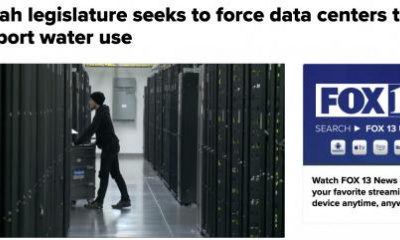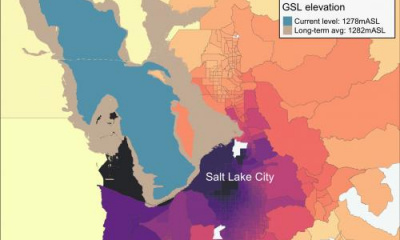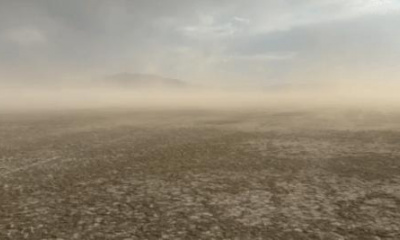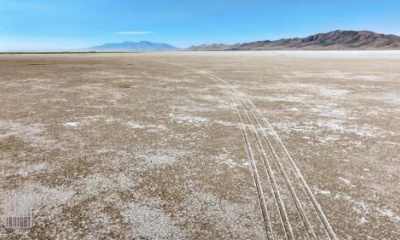SALT LAKE CITY — The Great Salt Lake Commissioner, tasked with coming up with a plan to save the shrinking lake, has created a priority list to tackle dust blowing off an exposed lakebed.
It follows a meeting of scientists and state officials that FOX 13 News first reported on in May. Even with strong back-to-back winters, climate scientists told FOX 13 News that only 15-20% of the Great Salt Lake's dust hotspots were covered. The hotspots blow dust into nearby communities. In addition to particulate matter, the dust also includes minerals that are harmful including arsenic, lead, cadmium and copper.
Watch the story here.
FOX 13 News cameras at the Natural History Museum of Utah have captured dust storms blowing into Salt Lake City. Ogden, Farmington and other areas can be frequently in the "blast zone" when winds pick up.
"There’s a lot of concern. There’s a lot of questions," said Tim Davis, the deputy Great Salt Lake Commissioner who is overseeing dust mitigation efforts.
The action plan is a result of the May meeting. Here's some of the priorities of the Great Salt Lake Commissioner's Office:
- Invest in an improved monitoring network for dust including both particulate matter and filter monitors
- Invest in additional research into surface crust dynamics, dust-associated contaminants, and dust hot spots
- Develop a better understanding of the health implications of dust from the Great Salt Lake including potential at-risk populations
- Leverage and invest in remote sensing to be able to estimate and monitor crust and hot spot development, and identify areas for and monitor the effectiveness of mitigation
- Develop models to help characterize and differentiate dust from the Great Salt Lake and other sources (i.e., West Desert, Sevier Dry Lake, gravel pits)
- Identify and test cost-effective mitigation measures while working to secure enough water to get the lake to the healthy, target range
- Develop real-time public education tools
- Utilize quarterly Great Salt Lake Dust meetings to provide feedback on studies and implementation including monitoring plans and modeling
"Prioritize where we need to make additional investments so that scientists, managers and the public know what’s in the dust, where’s it likely to come from and who might be affected," Davis said. "Even though a lot of work has been done around the Great Salt Lake and dust, looking at the bed, the playa of the lake, looking at when we have dust storms... there’s a lot we don’t know. So this is the first time from the Great Salt Lake commissioner’s Office, pulling everybody together and saying what do we need to know." Davis said some of the action items will take money from the Utah State Legislature.

.jpg)

